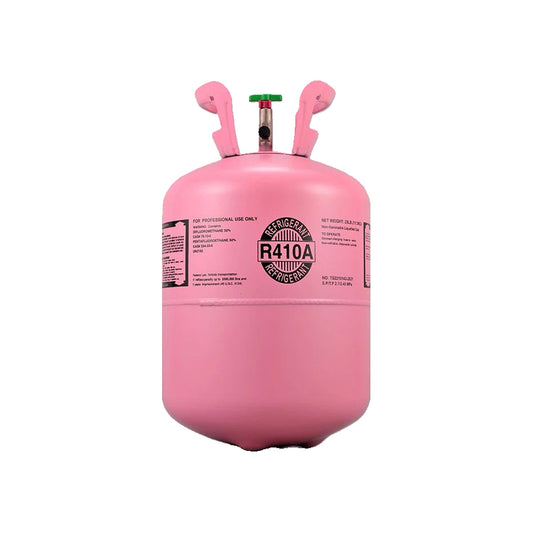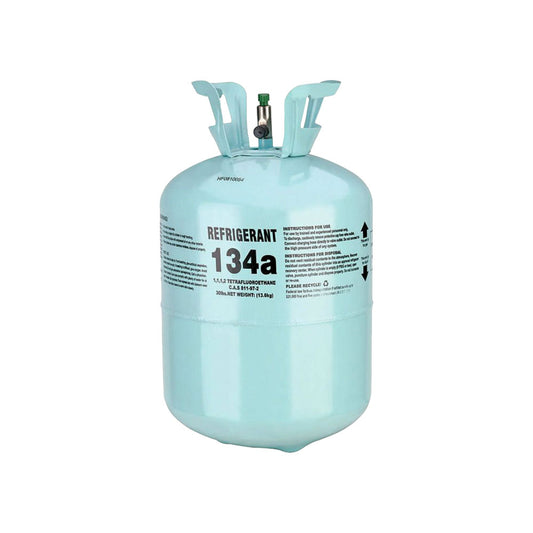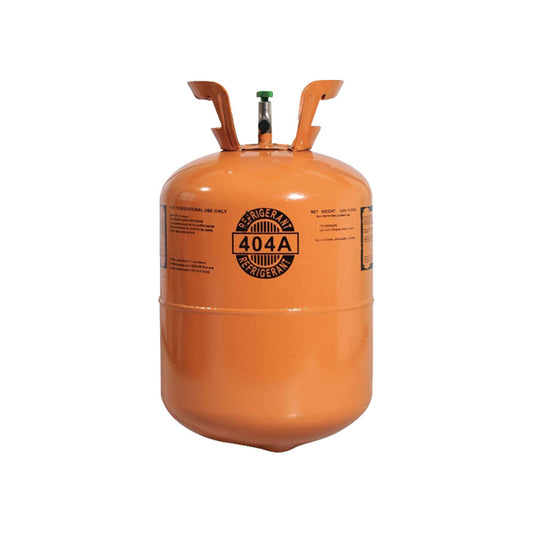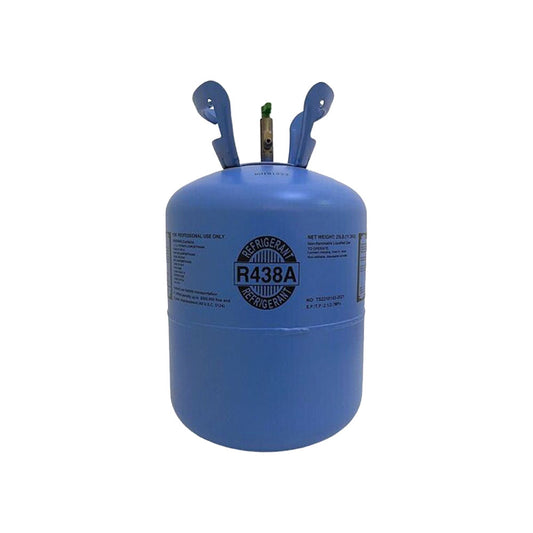When Will R-410a Refrigerant Be Phased Out Completely?
Share
As a product expert in the HVAC industry, it's crucial to stay informed about the latest regulations and trends. One topic that has been gaining attention is the phase out of R-410a refrigerant. But when exactly will this refrigerant be completely phased out?
What is R-410a Refrigerant?
R-410a, also known as Puron, is a hydrofluorocarbon (HFC) refrigerant commonly used in air conditioning systems. It has been widely used as a replacement for R-22, which is being phased out due to its ozone-depleting properties.
Why is R-410a Being Phased Out?
While R-410a is more environmentally friendly than R-22, it still has a high global warming potential (GWP). As part of global efforts to reduce greenhouse gas emissions, the HVAC industry is transitioning towards refrigerants with lower GWPs.
Phase Out Timeline
The phase out of R-410a refrigerant is already underway. In the United States, the Environmental Protection Agency (EPA) has set a timeline for the phase out of HFC refrigerants, including R-410a. By 2024, the production and import of R-410a will be significantly reduced, with a complete phase out expected by 2030.
Impact on the HVAC Industry
This phase out will have a significant impact on the HVAC industry. Manufacturers are already developing alternative refrigerants with lower GWPs to comply with the upcoming regulations. HVAC technicians will need to be trained on handling these new refrigerants and retrofitting existing systems.
What Can Consumers Do?
For consumers, it's important to stay informed about the phase out of R-410a and the transition to new refrigerants. When purchasing a new air conditioning system, look for models that use alternative refrigerants with lower environmental impact. Regular maintenance of existing systems is also crucial to ensure optimal performance and efficiency.
Overall, the phase out of R-410a refrigerant is a necessary step towards reducing greenhouse gas emissions and protecting the environment. By staying informed and adapting to the changes in the HVAC industry, we can all contribute to a more sustainable future.




